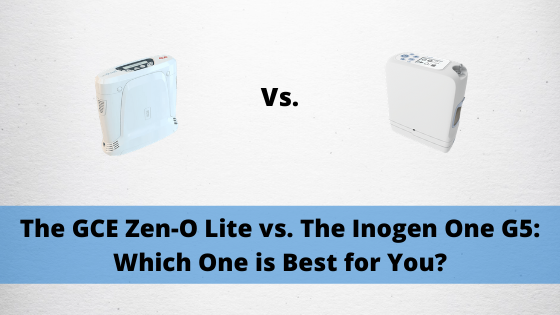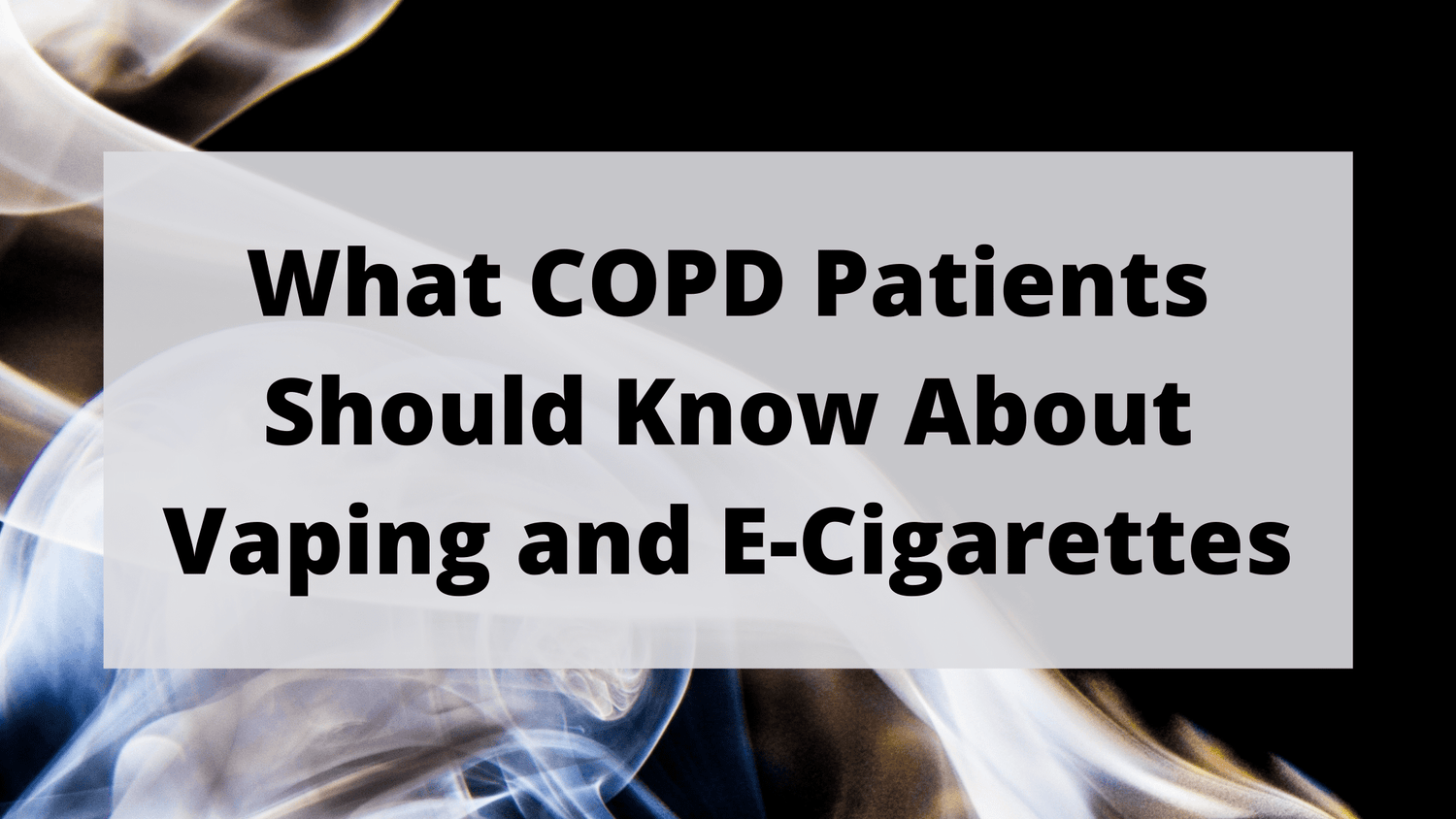Respiratory Resource Center - LPT Medical
The GCE Zen-O Lite vs. The Inogen One G5: Which One is Best for You?
If you’ve spent some time perusing the internet for...
Read More8 Day-to-Day Activities You'll Enjoy With Your Inogen One G5
Inogen is an oxygen concentrator company that never slacks...
Read MoreWhat COPD Patients Should Know About Vaping and E-Cigarettes
If you want to lead a healthier life, you...
Read More


